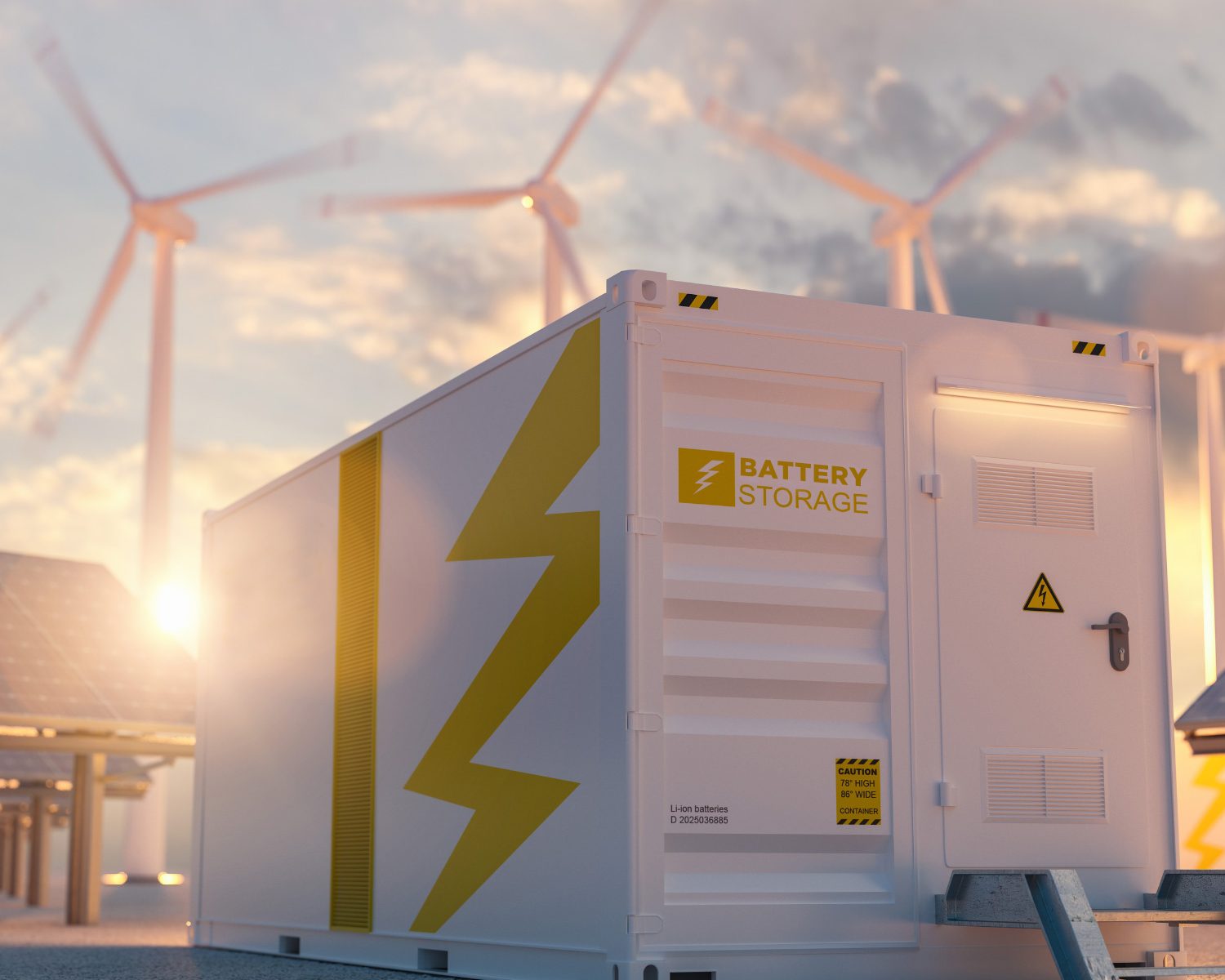In our rapidly evolving energy landscape, energy storage has become a linchpin for the integration of renewable energy sources, grid stability, and sustainable living. Batteries, once considered simply for powering portable devices, have emerged as a versatile energy storage solution that is transforming the way we generate, store, and consume electricity. In this article, we will delve into the its world, exploring their diverse applications, working principles, and their vital role in shaping the future of energy.
Understanding Batteries:
At their core, these are electrochemical devices that store electrical energy in chemical form and release it as needed. They consist of three primary components: an anode (negative electrode), a cathode (positive electrode), and an electrolyte. A battery’s chemical reactions generate electrons, creating an electrical current that can power devices or be stored for future use.
Applications:
- Grid Stabilization: Batteries play a pivotal role in stabilizing electrical grids. They offer rapid response capabilities to counteract fluctuations in supply and demand, helping maintain grid frequency and voltage stability.
- Renewable Energy Integration: Batteries serve as a buffer for renewable energy sources like solar and wind, storing excess energy when generation exceeds demand and releasing it when needed.
- Transportation: Electric vehicles (EVs) rely on batteries for energy storage, enabling them to travel emissions-free and reducing our reliance on fossil fuels.
- Residential Energy Storage: Homeowners can use batteries to store excess solar energy during the day for use during the night or during power outages, maximizing the benefits of their solar installations.
- Portable Devices: Batteries power a wide range of portable devices, from smartphones and laptops to cameras and flashlights, providing convenient, on-the-go energy.
Types:
Batteries come in various types, each with its own advantages and applications. Some common types include:
- Lithium-ion: Widely used in EVs, portable electronics, and grid applications due to their high energy density and long cycle life.
- Lead-Acid: Often used in uninterruptible power supply (UPS) systems and automotive applications.
- Nickel-Cadmium (NiCd): Known for their durability and high discharge rates, commonly used in power tools and emergency lighting.
- Flow: Ideal for large-scale energy storage and grid applications due to their scalability and long cycle life.
Its Future:
The battery industry continues to innovate, with ongoing research focused on improving energy density, reducing costs, and enhancing sustainability. Advancements in solid-state batteries, for instance, hold promise for safer, higher-capacity batteries with faster charging times.
Conclusion:
Batteries are crucial in modern energy systems, providing solutions for grid stabilization, renewable integration, and powering vehicles and portable devices, paving the way for a sustainable energy future. As technology continues to advance, the potential for batteries to revolutionize our energy landscape is limitless. Embracing and investing in battery technology is not only a smart choice but also a crucial step toward a more sustainable and electrifying future.
